In addition to increased reliability, the supported processors increase security capabilities at the chip level. These processors provide virtualization extensions and virtualization performance improvements. Windows 11 supports virtualization-based security which enables several security capabilities, including memory integrity, also known as hypervisor-protected code integrity .
HVCI disables dynamic code injection into the Windows kernel. HVCI also provides driver control and ensures that all drivers loaded meet a policy of allowed drivers set by Microsoft and the user. The United States Department of Defense requires virtualization-based security on Windows 10 for their devices. In partnership with our OEM and silicon partners, we will be enabling VBS and HVCI on most new PCs over this next year. And we will continue to seek opportunities to expand VBS across more systems over time. Windows 11 continues our strong commitment to compatibility.
This means that devices can upgrade to Windows 11 and critical apps and devices will simply work. Raising the Windows 11 minimum system requirements enables us to better support apps and hardware for drivers and devices. Feedback also shows us that unsupported hardware is more likely to have older drivers that are incompatible with new OS features such as VBS.
Supported hardware also comes with modern drivers, which helps ensure not only the reliability we mentioned earlier, but also great hardware compatibility. Following the results of our testing, we are making a small number of additions to the compatible processor list , but otherwise will maintain the minimum system requirements as originally set. Microsoft has released a PC Health Check tool that will check your PC's hardware for Windows 11 compatibility. The PC Health Check tool is available for download as part of the company's Windows Insider program and it can now be installed to check whether your hardware and software will work with Windows 11.
Your device is officially supported for Windows 11 if it comes with newer processors, TPM 2.0 and Secure Boot. You need to check the processor, RAM, storage, system firmware, TPM, graphics card, and display of your computer to see if they meet minimum requirements set by Microsoft for Windows 11. It is vital to meet all the basic requirements to use Windows 11 with updates and without issues.
The bigger problem is custom-built PCs, which often have these security features turned off by default and don't always make it clear how to turn them on. One solution might be to install a newer BIOS update—many of the motherboard makers are changing their default settings in recent BIOS versions to support Windows 11 out of the box. To check for Windows 11 compatibility, download and run the PC Health Check app, which will identify specific compatibility issues that prevent an upgrade.
PCs purchased in 2016 or earlier are almost certain to be unsupported. You can use thePC Health Check appto determine if your device is eligible to upgrade to Windows 11. Many PCs that are less than four years old will be able to upgrade to Windows 11. They must be running the most current version of Windows 10 and meet the minimum hardware requirements.
The program returns one of three possible windows after the compatibility check runs. I'm running Enterprise on my production PC and have flagged this as an error or problem with Microsoft via its Feedback Hub. Furthermore, if you plan to upgrade with a clean installation, you will also need to make sure the computer can start from a USB flash drive.
For example, even though Windows 11 is available as a free optional update for Windows 10, the device must meet the new system requirements. You need to ensure that the Trusted Platform Module and Secure Boot are enabled on the computer. You also need to make sure the device has enough space and there are no problems before continuing with the upgrade. Furthermore, you want to create a backup in the case you need to roll back, check the activation status, and create installation media. Users can upgrade New OS version free using the Microsoft PC Health Check App Download.
Users can download pc health check software free from the official website at Candidates can use the pc health check app to check Windows 11 Compatibility for your system. Candidates can check the complete details about Microsoft Windows 11 Upgrade Checker Tool, Minimum System Requirements For Windows 11 & Microsoft Health App Download from the below section. The brand new Windows 11 is here, and it comes with the most amazing features. The recent OS from Microsoft gets you new visual changes, compatibility with Android, interesting gaming-related qualities, and so on. If you don't know that your Windows 10 PC or laptop is eligible for Windows 11 upgrade or not, you need to do your PC health check-up tool produced by Microsoft.
Still, if the app appears that your laptop or PC is not compatible, so you should wait. Because Microsoft has revealed system requirements, on that basis, you can check the eligibility of your Windows 10 based laptop or desktop. In case you are unable to tell if your computer meets the minimum system requirements to run Windows 11, there's a solution. Microsoft has released a nifty little tool called PC Health Check to check it for you and tell if the computer supports Windows 11. Below are the steps to use the PC Health Check Tool and find out if you are eligible to receive the Windows 11 update. For those who are using a PC that won't upgrade, and who aren't ready to transition to a new device, Windows 10 is the right choice.
We will support Windows 10 through October 14, 2025 and we recently announced that the next feature update to Windows 10 is coming later this year. Whatever you decide, we are committed to supporting you and offering choice in your computing journey. If you want to see the full Windows 11 minimum system requirements, you can visit this page. Microsoft stands firm on hardware requirements and it looks like older processors won't be officially supported, but loopholes will allow users to install Windows 11 on any device. After you complete the steps, the device should be able to boot from a USB installation media and pass the minimum system requirements check.
I hope this article may help find the best way to Windows 11 compatibility check to know if your Windows 10 laptop or desktop is eligible for the upgrade. You can do a windows compatibility check online, and it's a new way to connect with more people around the world right from your desktop with Microsoft terms. You can call or chat for free no matter what device you're on. Microsoft has updated hardware requirements to make PCs more secure on Windows 11. So, before you install Windows 11, you'll first need to check to see if your PC's motherboard and processor are compatible with the new OS.
Once you complete the steps, the package will download, and you can then use it to upgrade any computer that meets the minimum requirements. However, you will need an internet connection to proceed with the upgrade. Once you complete the steps, the tool will download the files and create an installation media, which you can then use to upgrade a compatible computer to Windows 11. After you complete the steps, repeat the instructions to back up the files on the remaining accounts . In addition to making a copy of your files, it's also recommended to create a list of the installed programs with their respective product keys to know what you need to reinstall in the new setup. If you usually do not sync passwords and bookmarks with an online service, this is a good time to export your browser credentials and links.
While the company has revealed that a vast majority of PCs and laptops available in the market will be compatible, there are a number of older systems that will not support the new operating system. Microsoft has already revealed a list of minimum requirements and processors that support the new OS. Here we will explain how you can check if your PC or laptop is compatible with Windows 11. PC Health Check isn't the only arbiter of your PC's compatibility with Windows 11 and you can easily bypass the TPM requirements. However, installing Windows 11 on what the app calls an "unsupported PC" may present challenges in the future, such as possible games difficulties or being denied Windows updates.
Regardless of your PC's status, you should hold off upgrading to it for now, as we mentioned in our Windows 11 review. All you'll need is a PC that meets the minimum hardware requirements for Windows 11, which is now a 64-bit CPU, 4GB of RAM, and 64GB of storage. Windows 11 will be delivered through Windows Update in much the same way as Windows 10 updates have been made available previously. According to the minimum system requirements in below part, you need a 64-bit processor running at 1 GHz or faster with 2 or more cores to run Windows 11. Yet, you can't install the update if you have anything older than the 8th generation of processors.
TheUEFI Secure Boot requirement ensures that a system boots with only code signed by either the device builder, the silicon vendor, or Microsoft. It does this by ensuring all code is signed by specific entities and by recording cryptographic hashes in hardware that can also be sent to the cloud to verify integrity. If a system can be compromised prior to the operating system boot, then all kernel, user and endpoint security tools can be completely undermined. The "NotPetya" attack, which cost hundreds of millions in damages, leveraged legacy bios to inject ransomware code before boot, which can now be mitigated by Secure Boot. The value and best practices of Secure Boot have also been validated by the U.S. We have been requiring OEMs to ship using UEFI Secure Boot enabled since June 26, 2013 and want all Windows 11 devices to be able to provide that customer benefit.
Either of these tools can provide you ample intelligence to determine if your PC is ready for Windows 11, with one caveat. Older PCs whose CPUs qualify under the processor requirement may include hardware-based TPM chips of version 1.3 or older . These CPUs can emulate TPM 2.0, so what looks like a failure to meet Windows 11 requirements at the hardware level can be offset in software. I will explain further in the section on the Windows 11 Compatibility Check script below.
PC Health Check isn't the sole arbiter of your PC's compatibility with Windows 11—you can easily bypass the TPM requirements, for example. But going out of your way to install Windows 11 on what the app calls an "unsupported PC" could lead to issues in the future, like potential problems in games or being denied Windows updates. As we said in our Windows 11 review, regardless of your PC's status, you should hold off on upgrading to it for right now. The app is distributed online as an automated installer that can be easily downloaded and deployed on local storage by just following few simple on-screen instructions. Once installed, the PC Health Checker app can be run on any version of Windows 10.
For one thing, not all processors meeting the above specifications are actually compatible, and Microsoft had to compile a list. Your 7 i2011 processor may have more than enough power, but it may not support all the modern features you need, for example. If you have had the same installation for a long time, you might need to analyze and repair the current setup to fix missing or damaged files. Otherwise, during the upgrade process, the chances of running into issues will be high. However, if you plan to proceed with a clean installation using a bootable USB flash drive, then you can't skip this suggestion since the previous installation will be erased during the process.
The WhyNotWin11 compatibility checker allows you to quickly and easily check whether or not your system hardware is compatible with Windows 11. Seeing as though the requirements are fairly limited – with the only real necessity being TPM 2.0 – most will find that their PCs are ready to upgrade to Windows 11. However, if not, try not to worry too much – Microsoft will likely iron out many of the issues between now and launch day.
You can still check graphics card detailson your Windows 10 computer manually to avoid issues after installing Windows 11. If your PC meets the processor requirements, it will for sure meet graphics card and display requirements. According to TechRadar, users should just download the app and load it. Halfway through the process, the app would display a long list of technical jargon.
The current Windows security might also alert users twice when attempting to download and load the app. This should quickly scan software data and provide users with an accurate answer. Cnet listed out two available online tools users could use to check for Windows 11 compatibility. To clarify, these programs need to be downloaded and installed on the device so it can run a diagnostic program and check on its eligibility. Each online tool has its own set of instructions for usage. The latest version of Windows has pretty strict system requirements and only officially supports PCs with modern CPUs.
Microsoft has a handy tool to help you check, but even unsupported PCs will be allowed to upgrade. In case Microsoft's Windows 11 upgrade checker tells you that your PC isn't supported but it meets all the other requirements then you need to check your BIOS to enable TPM. In case you have an Intel CPU then you need to switch to TPM and for AMD you need to check PSP fTPM in the BIOS. Once done, you can run Microsoft's health checker app to confirm the status.
After carefully analyzing the first generation of AMD Zen processors in partnership with AMD, together we concluded that there are no additions to the supported CPU list. We will be updating the PC Health Check app to identify the correct systems with the newly added Intel CPUs in the coming weeks before the tool is released for general availability. First, an update on Windows 11 minimum system requirements based, in part, on feedback from the Windows Insider community.
Second, information on the updated PC Health Check app that is now available to Windows Insiders. DirectStorage – This item checks the Storage Controller of your system disk and the Shader Model of your graphics card to see if they meet DirectStorage requirements. DirectStorage is a feature that allows games to load quickly by working to load assets on the GPU, saving resources on the CPU and as such helps to improve graphics and reduce load times. If you have a hybrid system (eg. gaming laptop) containing both an integrated and discrete GPU, the tool will use the discrete GPU for the validation.
Can I Run Win11 latest version, created by the famous IObit Software, is a Windows 11 compatibility check tool. You can use it to check your computer physical health can run the latest operating system. What this app does is get a list of requirements and compare the standard with the computer's specifications. Fortunately, Microsoft realized this was a bad idea and updated the PC Health Check tool with better messages. The new wording will tell you specifically if it's a TPM issue, secure boot issue, processor issue, or storage and RAM issue.
Once you know it, you can fix the problem, which is the case with TPM, and Secure Boot can be as easy as changing the BIOS. It's a good change, and it's just a shame Microsoft didn't start with better communication. Apps that were not specifically designed for Windows 10 or higher releases and security software may cause compatibility issues during the installation. It's always recommended to uninstall these apps before proceeding with the Windows 11 upgrade. This time around, devices need at least 64GB of storage space, but the process will still take several gigabytes to process the upgrade. Usually, you want to make sure the device has at least 20GB of free space to prevent running into installation issues.
If the computer doesn't meet the minimum requirements, then it might be time to upgrade. You can check our guide with best laptops you buy right now with support for Windows 11. Although Microsoft offers the new version of Windows as a free upgrade for computers already running Windows 10, it does not mean that you can upgrade any device. Just like every other piece of PC software, your Windows computer must meet the minimum requirements.
Unlike Windows 10 and below, Windows 11 is more specific. Here are the minimum system requirements for Windows 11. Once you review them, continue to Windows 11 PC hardware compatibility for more details. The author's aging Surface Go laptop is not compatible with Windows 11 according to the tool because of its processor. The processor is listed and the provided link opens a Microsoft's Docs website that informs about compatible processors and includes links to the lists of all supported processors. Given Microsoft's own software, PC Health Check isn't as reliable as you might imagine.

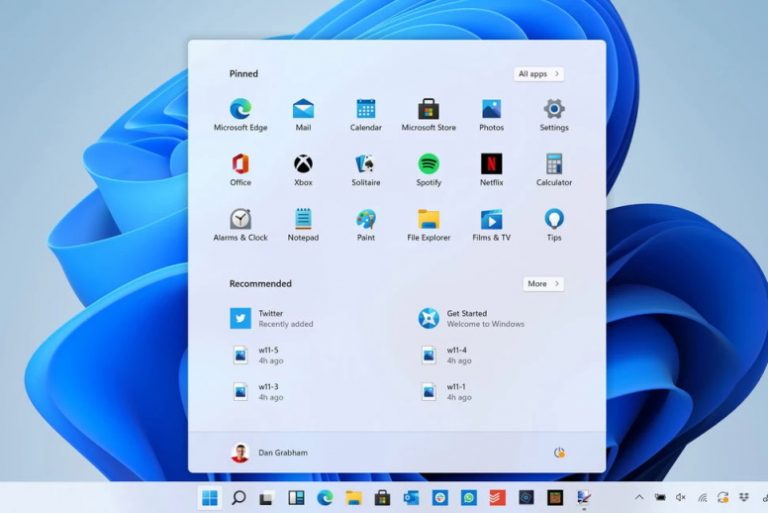









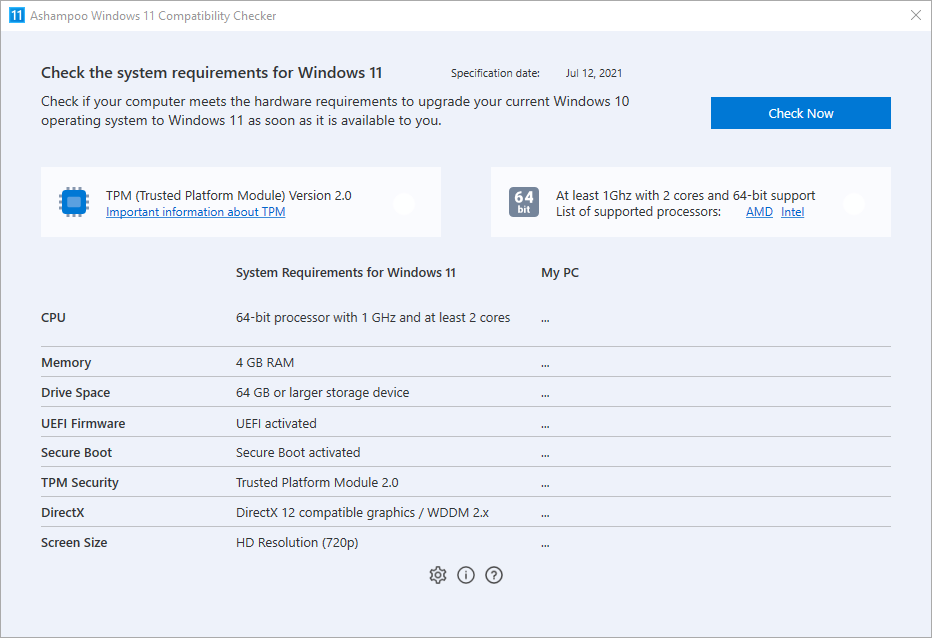

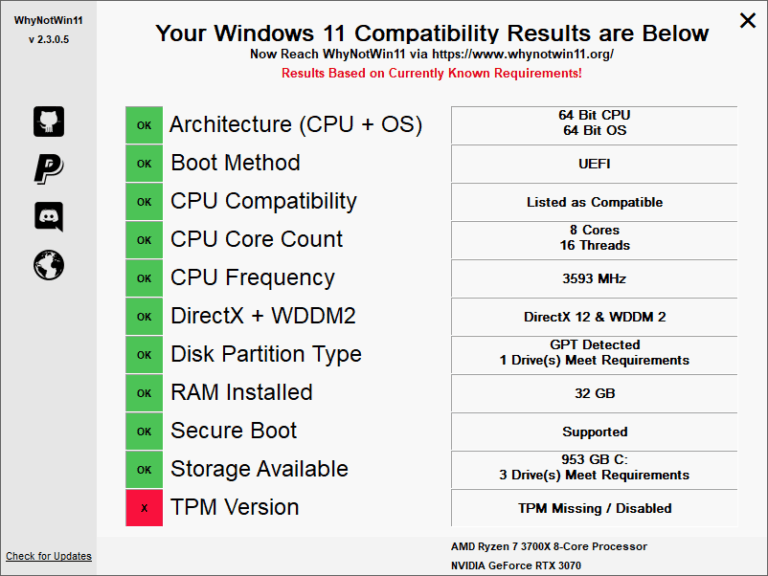










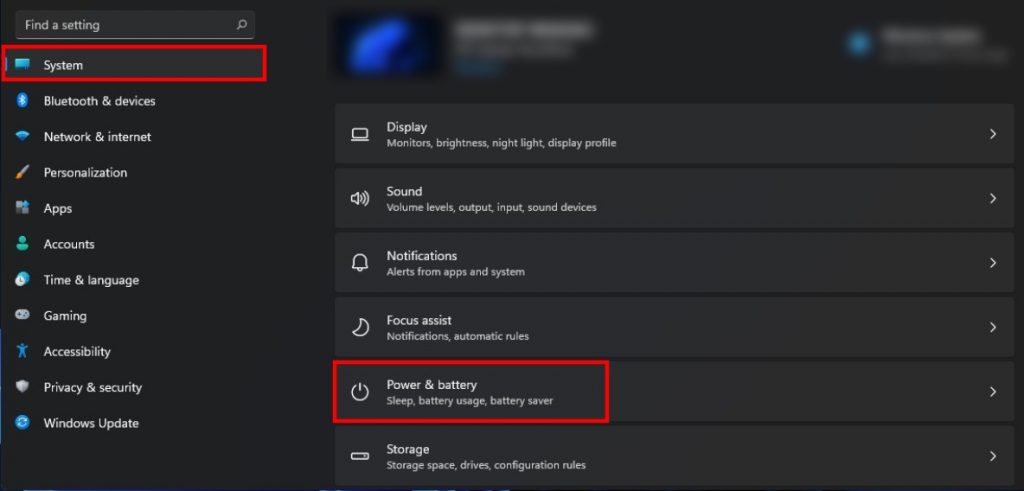
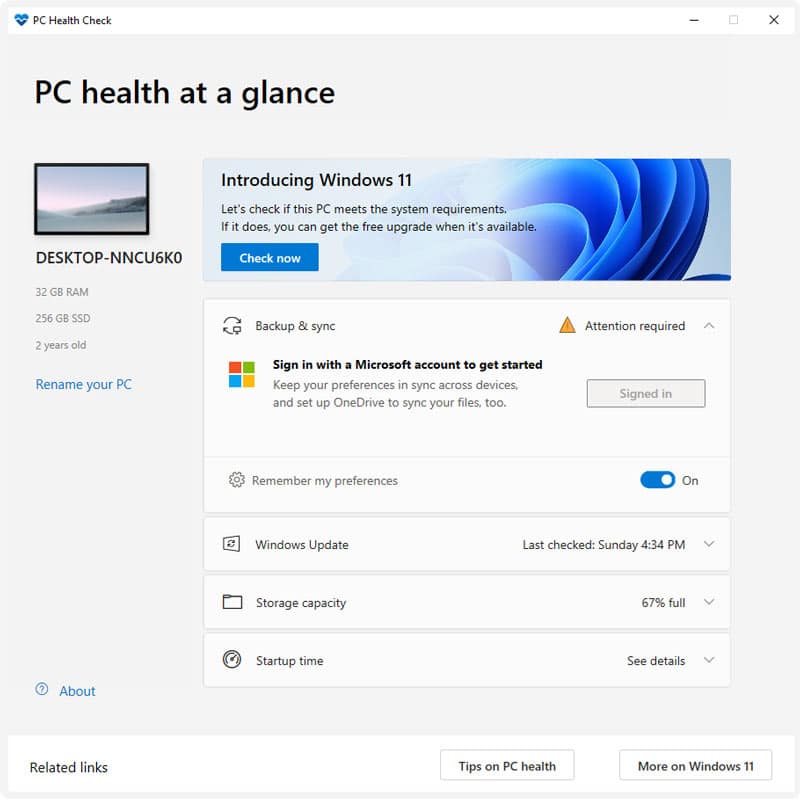

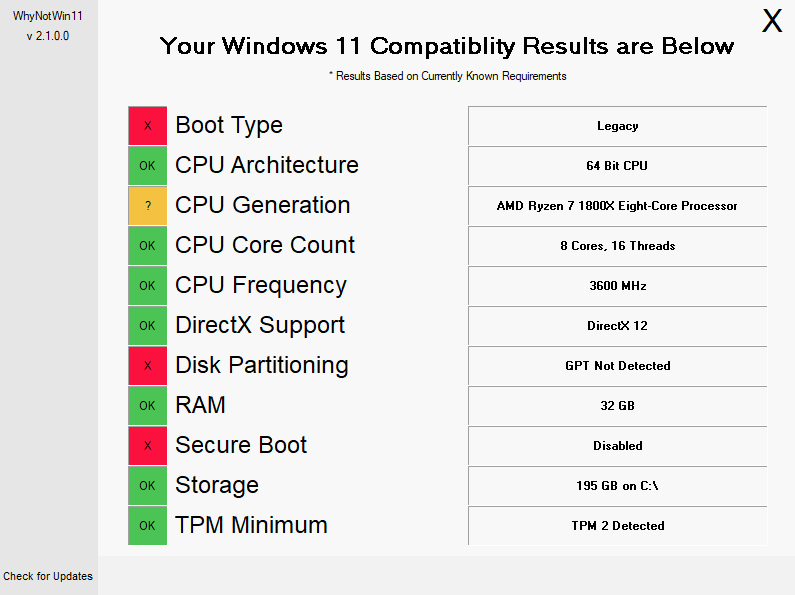



No comments:
Post a Comment
Note: Only a member of this blog may post a comment.